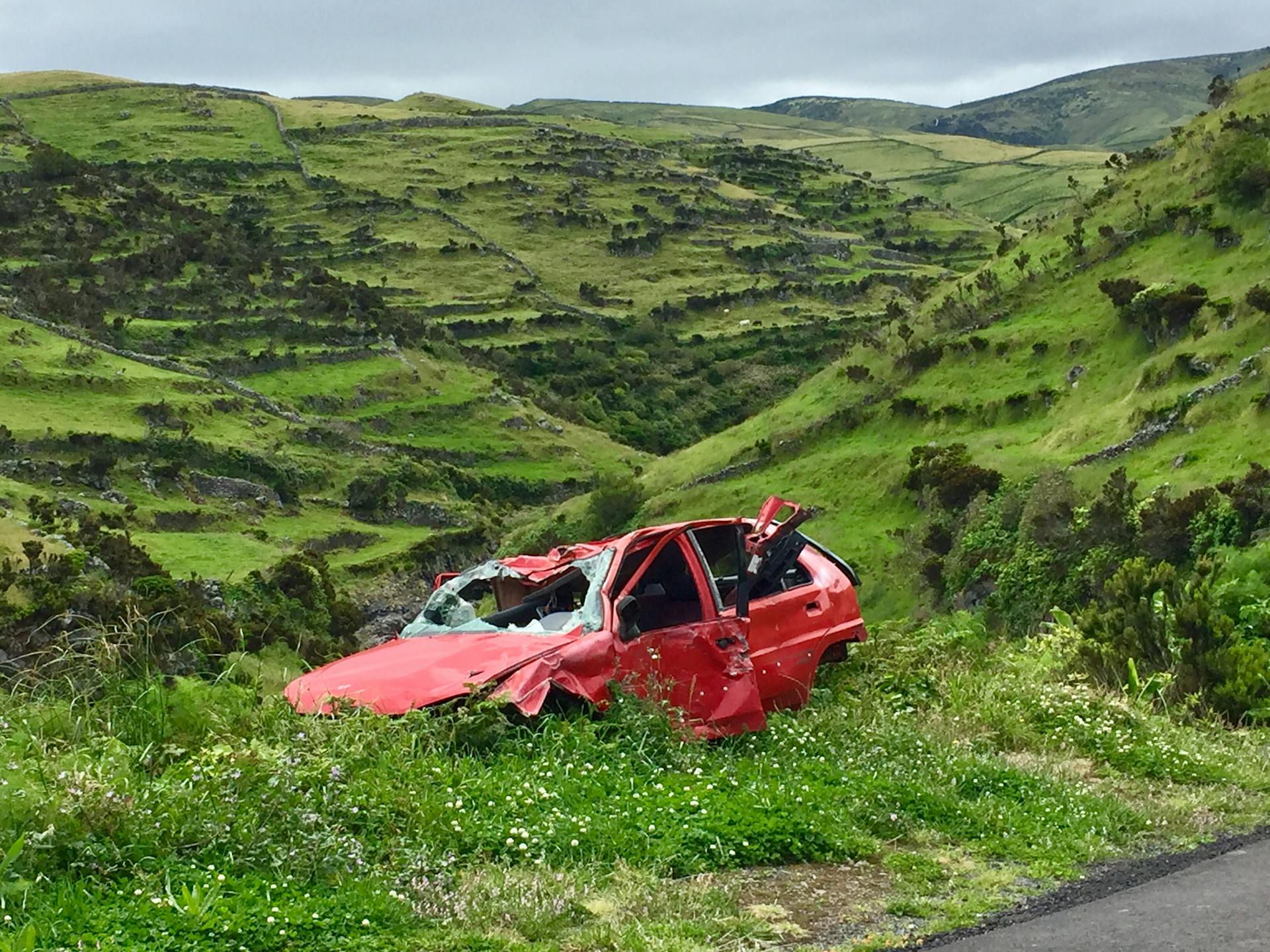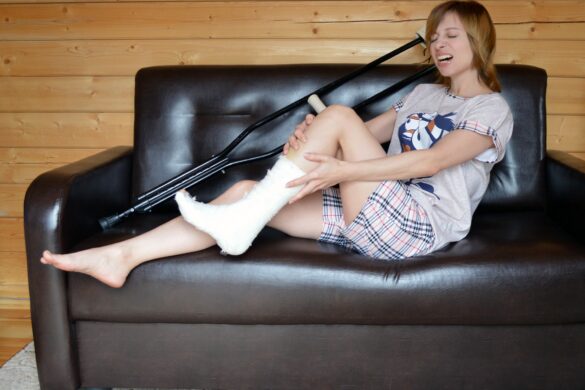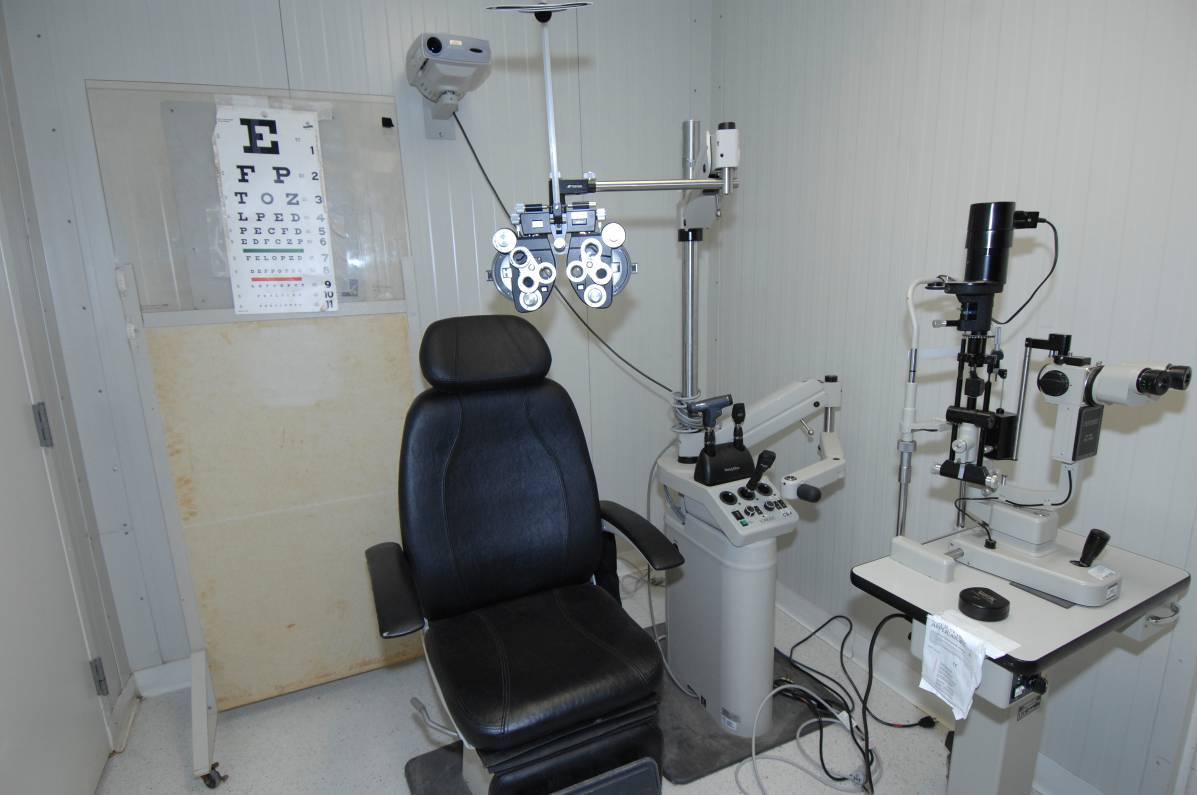
In the aftermath of an 18-wheeler accident, victims often find themselves navigating a complex legal landscape filled with hidden dangers and unexpected challenges. While most motorists understand the catastrophic physical impact, these massive vehicles can have on conventional passenger cars, few are prepared for the equally devastating legal battles that follow. “The complexity of commercial truck accident claims far exceeds that of typical auto accidents, creating numerous pitfalls for the unprepared,” says Coffey McPharlin, truck accident attorneys.
The Clock Is Ticking Faster Than You Think
One of the most overlooked aspects of 18-wheeler accident claims is the accelerated timeline for evidence preservation. Unlike regular car accidents, where physical evidence might remain relatively stable for weeks, crucial evidence in commercial truck accidents can disappear within days or even hours.
Electronic logging devices (ELDs), which record a driver’s hours of service, may only retain data for a limited time before overwriting it. Similarly, trucking companies are only required to maintain certain records for a specified period—sometimes as little as six months. Without prompt legal intervention, critical documentation proving driver fatigue, maintenance neglect, or hours-of-service violations can vanish forever.
Multiple Liable Parties Create a Legal Maze
When a passenger vehicle collides with another car, determining liability typically involves just the drivers and perhaps their insurance companies. In contrast, 18-wheeler accidents can involve a complex web of potentially liable parties, including:
The truck driver, who may be an employee or an independent contractor The trucking company that hired or contracted the driver The owner of the truck or trailer (often different entities) The cargo loading company responsible for properly securing freight The manufacturer of defective truck parts Maintenance contractors responsible for truck repairs Government entities responsible for road conditions
This multiplicity of parties creates a challenging environment where each entity points fingers at the others, often leaving victims confused about where to direct their claims. Without experienced legal guidance, victims may file against the wrong party or miss including all responsible entities, potentially leaving substantial compensation on the table.
Navigating this intricate web of potential defendants requires a deep understanding of both trucking regulations and personal injury law. Specialized legal teams are adept at conducting thorough investigations, uncovering crucial evidence like black box data and driver logs that can pinpoint liability. They also understand how to counter the aggressive tactics of large trucking companies and their insurers, who often seek to minimize payouts. For those seeking justice and maximum compensation after such a devastating event, consulting with top 18-wheeler accident attorneys in Dallas can be a critical step. These legal professionals are equipped to handle the unique challenges of commercial truck accident claims, ensuring victims’ rights are protected.
The Insurance Gap: Commercial Policies Are a Different Beast
Commercial trucking insurance policies differ dramatically from personal auto insurance, both in coverage amounts and in complexity. While a typical car might carry liability insurance of $25,000 to $50,000, commercial trucks often carry policies worth $750,000 to $1 million or more.
These higher policy limits mean higher stakes for insurance companies, who deploy teams of specialized adjusters and attorneys immediately after an accident. These professionals begin building their defense before victims have even left the hospital. Their tactics often include:
Rapid deployment of accident reconstruction specialists to the scene Immediate driver debriefing and statement preparation Quick retrieval of black box data and dash cam footage Early witness interviews framed to favor the trucking company
The insurance company’s goal is straightforward: minimize payouts regardless of fault. Many victims make the critical mistake of speaking with these adjusters before consulting with their own attorney, potentially undermining their claim before it even begins.
Federal Regulations Create Complexity and Opportunity
The trucking industry operates under a complex framework of federal regulations administered by the Federal Motor Carrier Safety Administration (FMCSA). These regulations govern everything from driver qualification and training to vehicle maintenance and cargo securement.
Most accident victims are unaware of these regulations and how violations can establish negligence. For example, regulations stipulate maximum driving hours, required rest periods, and mandatory break times. When drivers or companies violate these rules, it can create a presumption of negligence that strengthens a victim’s claim.
Similarly, regulations require specific maintenance schedules and pre-trip inspections. Documentation of these activities—or the lack thereof—can prove crucial in establishing liability. However, without knowledge of what records to request and how to interpret them, victims often miss these critical pieces of evidence.
The True Cost of Catastrophic Injuries
Perhaps the most dangerous misconception in 18-wheeler accident claims involves underestimating the long-term impact of injuries. Due to the massive size disparity between commercial trucks and passenger vehicles, these accidents frequently result in catastrophic injuries requiring lifetime care.
Traumatic brain injuries, spinal cord damage, and multiple trauma can create needs extending decades into the future. Medical economists and life care planners must carefully calculate:
Future medical treatments, including surgeries and therapy Necessary home modifications for accessibility Long-term personal care assistance Lost earning capacity over a lifetime Adaptive equipment needs and replacement schedules
Insurance companies typically offer quick settlements that cover immediate medical bills but fall dramatically short of addressing these long-term needs. Once a settlement is accepted, victims cannot return for additional compensation when they discover the true extent of their losses.
The Settlement Trap: Early Offers Are Rarely Fair
In the days following an 18-wheeler accident, victims often receive settlement offers that seem substantial at first glance. These early offers nearly always represent a fraction of the claim’s true value. Insurance adjusters know that victims face mounting medical bills, lost wages, and financial pressure—creating the perfect environment for undervalued settlements.
The most dangerous aspect of these early offers is their finality. Once accepted, these settlements typically include full liability releases preventing any future recovery, even if injuries worsen or new damages emerge. Many victims, particularly those without legal representation, fall into this trap and find themselves with insufficient funds for their long-term needs.
Reconstructing Reality: The Technical Challenges
Modern 18-wheelers are equipped with sophisticated data recording systems that capture crucial information about a truck’s operation in the moments before a crash. These “black boxes” record speed, braking patterns, steering inputs, and other vital data that can prove driver negligence.
However, accessing this data requires specialized knowledge and often court orders. Without immediate action, this data may be overwritten or even deliberately erased. Similarly, physical evidence at the crash scene—skid marks, gouge marks, fluid trails—requires expert interpretation and documentation before weather conditions or road traffic erases it.
Conclusion: Knowledge Is Protection
The path to fair compensation after an 18-wheeler accident is fraught with hidden dangers that can derail legitimate claims. Understanding these challenges is the first step toward protecting your rights and securing the compensation needed for recovery.
Prompt action to preserve evidence, careful identification of all liable parties, and thorough calculation of long-term damages are essential to overcome the obstacles inherent in these complex cases. Most importantly, recognizing the sophisticated defenses employed by trucking companies and their insurers helps level the playing field in what is often an unbalanced contest between corporate interests and individual victims.
By approaching these claims with a clear understanding of the hidden dangers, accident victims can navigate the complex legal process more effectively and focus their energy where it belongs—on healing and rebuilding their lives after a traumatic collision.









